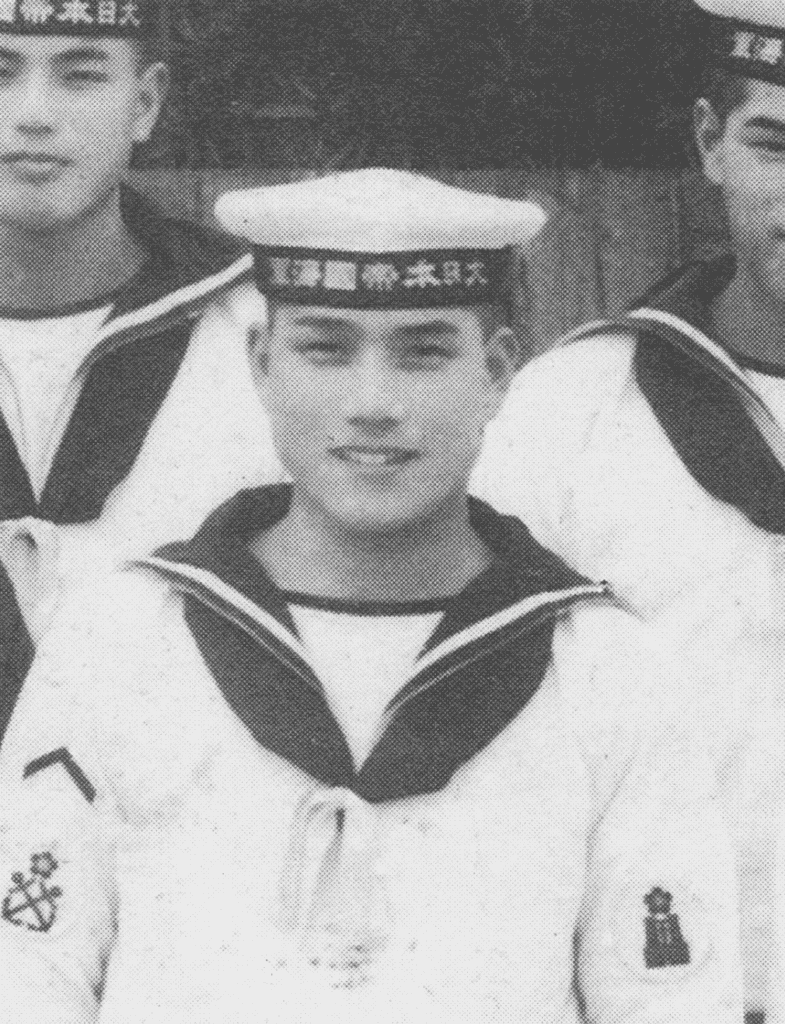

Rural America was once dotted with German POW camps. A sprawling 790-acre camp near where we once lived in Clinton, Mississippi, housed some 3,000 German and Italian prisoners during the war, many captured during the fighting in North Africa. Several dozen German Generals and Admirals called this rural bit of Mississippi home back then. Across the country, there were roughly 425,000 Germans held in the US as POWs. By contrast, there were never more than 27,000 Japanese.
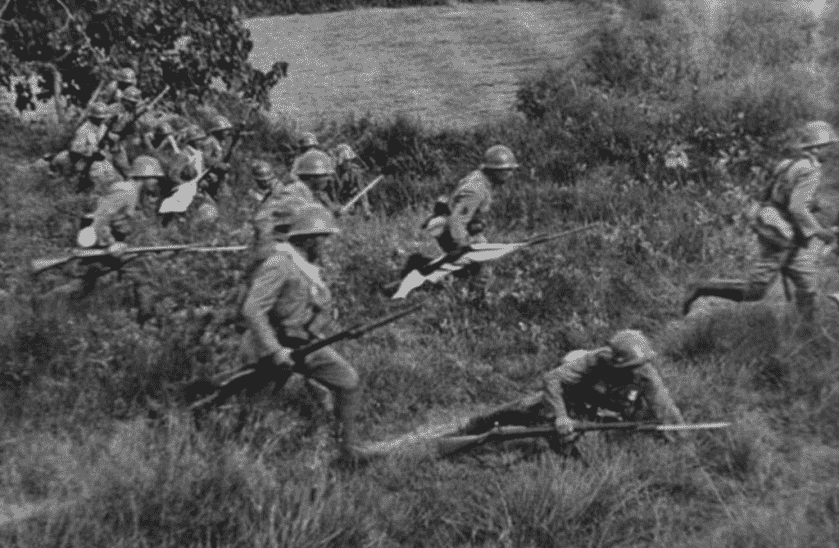
The Japanese during the war typically strived to follow the Bushido Code. A Samurai-inspired moral framework governing behavior, attitude, and lifestyle, this mindset combined with a fanatical devotion to their deified Emperor made surrender in battle a source of eternal shame. As a result, where the Germans frequently just capitulated with honor when they were beaten, the Japanese typically fought to the last man. When defeat was imminent they quite often took their own lives rather than face capture. This made the War in the Pacific extra special horrible.


The first Japanese combatant taken alive during the war was Ensign Kazuo Sakamaki. Sakamaki’s midget submarine, HA-19, ran aground on a reef during the attack on Pearl Harbor. Sakamaki swam underneath the vessel in an effort at scuttling it and became hypoxic. He was later found unconscious washed up on an Oahu beach. Sakamaki asked to be allowed to commit suicide but was prevented from doing so.
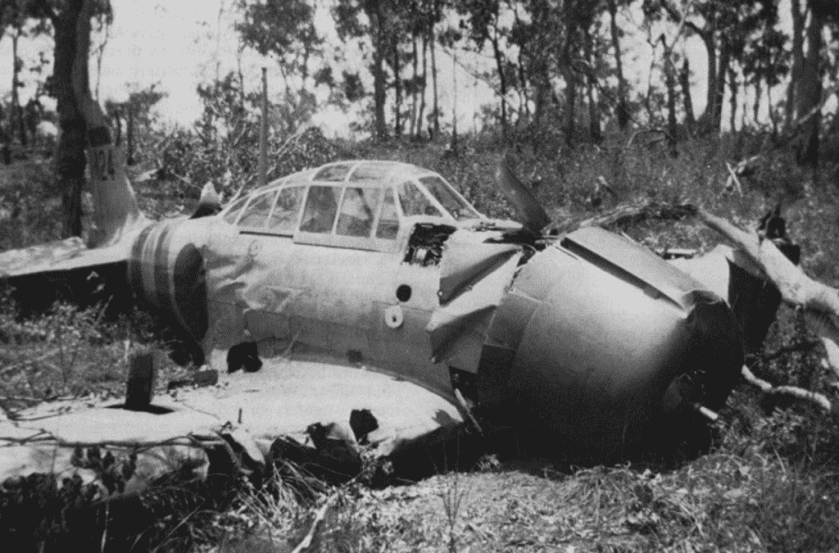
The first Japanese POW captured in Australia was Petty Officer Hajime Toyoshima. Toyoshima was flying an A6M Zero fighter, tail number BII-124, off of the aircraft carrier Hiryu on a mission against targets in and around Darwin, Australia, on February 19, 1942. Toyoshima’s objective was an aerodrome on Bathurst Island. His nimble little fighter was disabled due to ground fire and crash-landed near Snake Bay on nearby Melville Island.
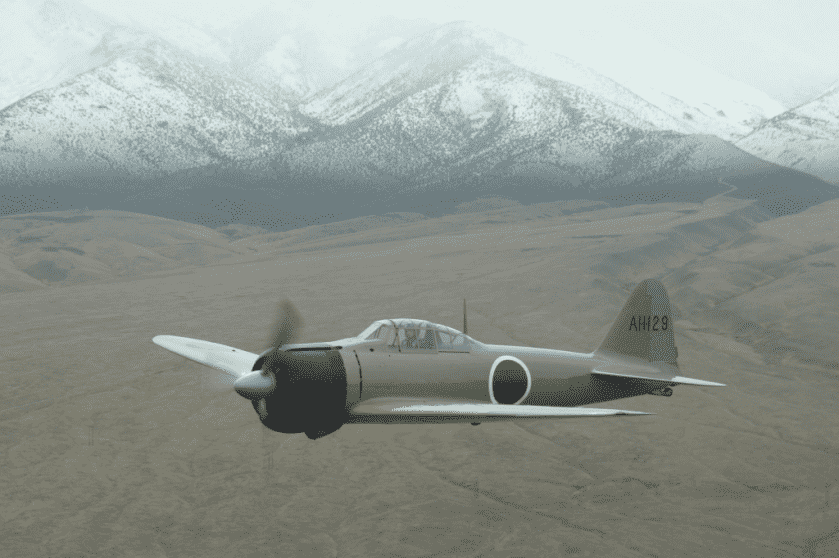
Toyoshima’s fighter remained relatively intact. The Zero fighter was a strategic national asset for the Japanese at this point during the war, and it was critically important that the Allies not learn its secrets. As a result, Toyoshima struck out on foot in an effort at getting as far as possible away from the wreckage in hopes that it would not be discovered.

Prior to Toyoshima’s crash, there had been nine Zeros lost in combat against the Allies, all during the attack on Pearl Harbor. All nine pilots had been killed and the planes reduced to wreckage. Toyoshima’s plane was therefore a really big deal at the time.
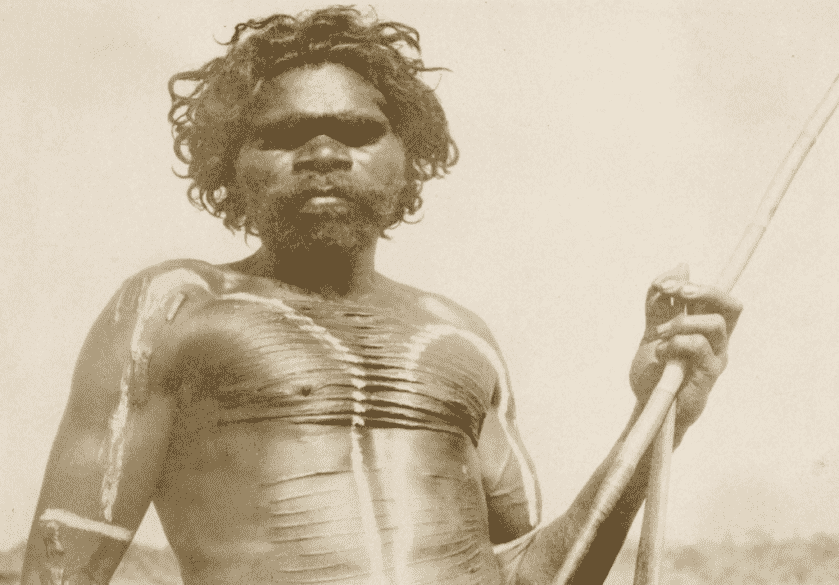
As Petty Officer Toyoshima attempted to put distance between him and his downed airplane he was spotted by an indigenous Aboriginal Australian named Matthias Ulungura. This 21-year-old native Australian knew that an Asian wandering alone across Australia in a foreign military uniform would be up to no good. Armed solely with a tomahawk, Ulungura crept silently up behind the Japanese pilot.
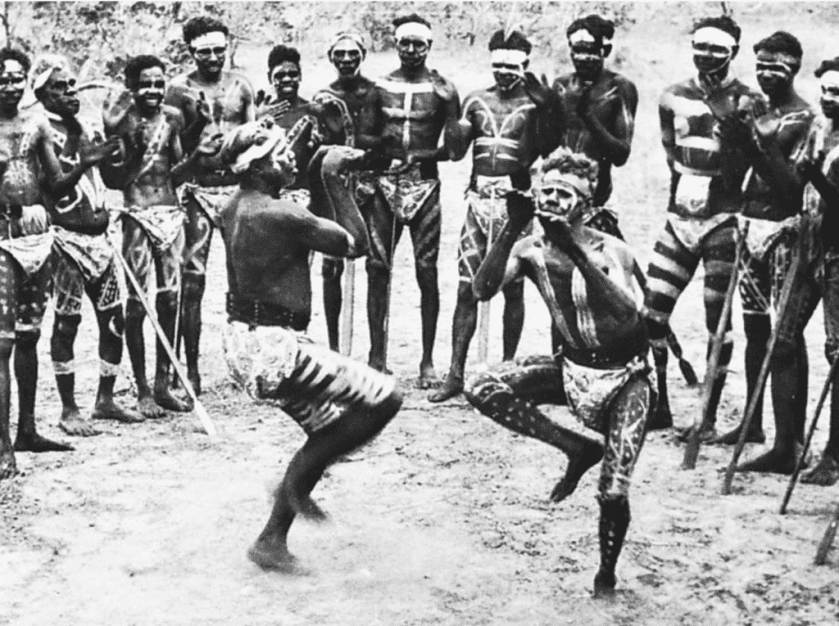
In his own words: “I walked after him and grabbed his wrist near gun. He got proper big fright. I take revolver from his right side near his knee. Then I walk backwards pointing gun, I say ‘Stick ’em up, two hands, no more holding hands on head.’”
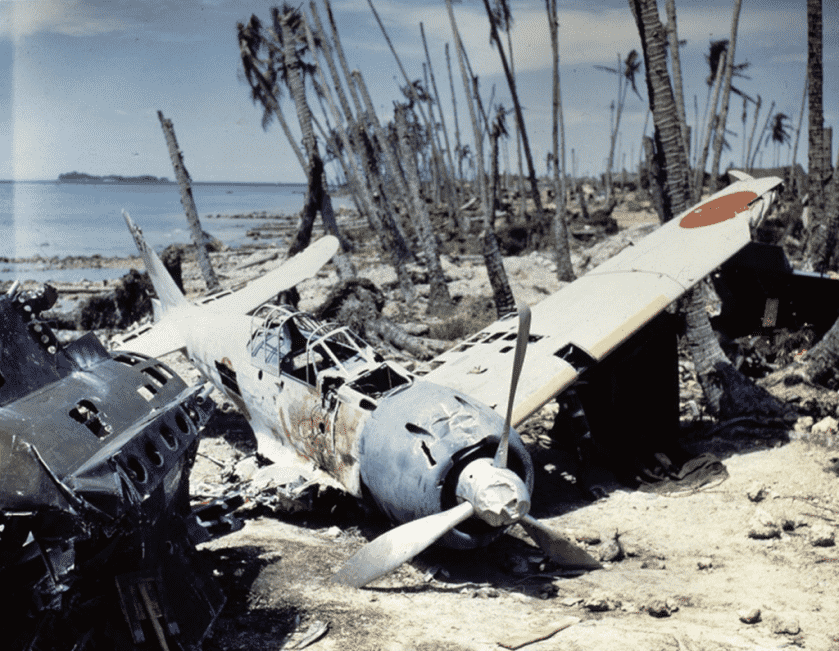
Now armed with Toyoshima’s Type 26 revolver, Ulungura marched the helpless Japanese pilot back to Bathurst island Aerodrome, the target of his initial attack, and turned him over to Royal Australian Air Force guards. Toyoshima gave the Australians the false name of Tadao Minami and claimed he had washed ashore after ditching in the ocean in a further attempt to protect the location of his plane. Local police easily saw through his ruse, and the crash site was located in short order. The remains of Zero BII-124 were subsequently recovered and taken to Darwin for technical analysis. Toyoshima was then transferred to the No. 12 Cowra POW Camp in New South Wales.
The Gun
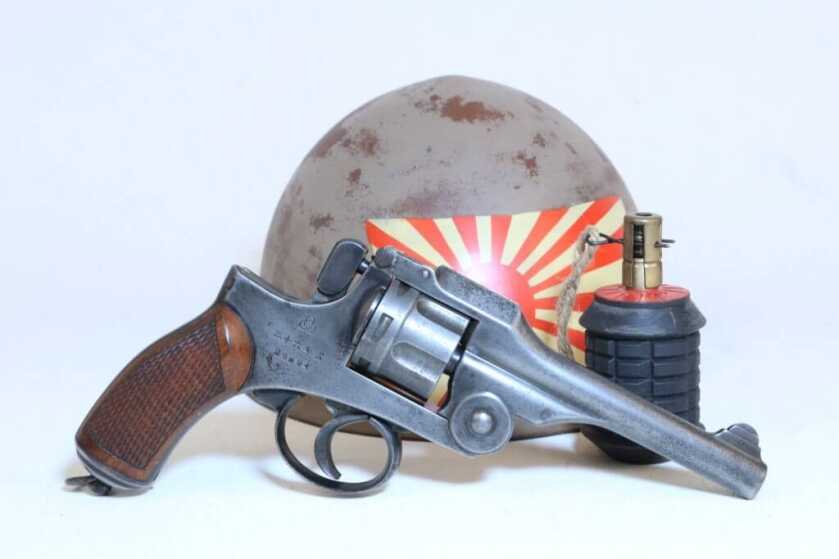
The Japanese Type 26 revolver is an absolutely gorgeous piece of martial equipment. The workmanship, fit, and finish, particularly on prewar versions, are simply extraordinary. However, the Type 26 is arguably the worst combat wheelgun ever produced.
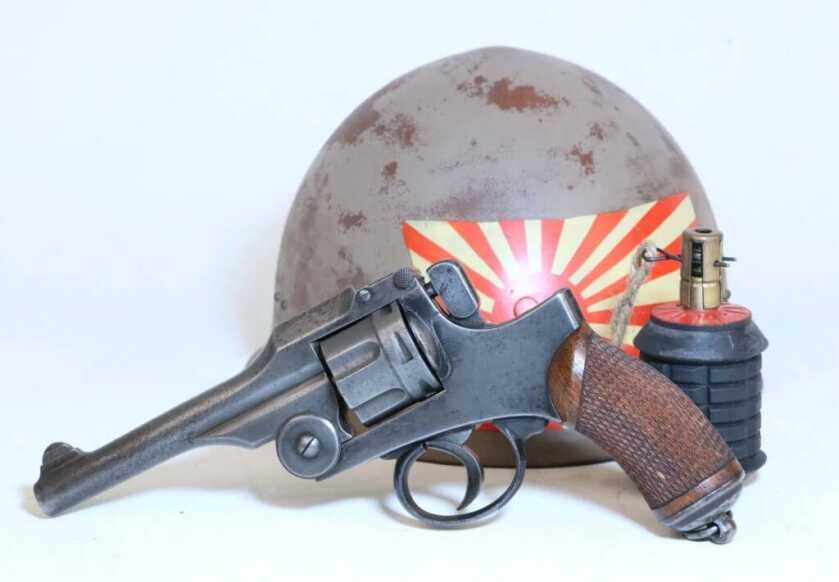
Originally designed in 1893, the Type 26 was Japan’s first modern military revolver. The Type 26 fired a curious 9x22mm Rimmed cartridge that was ballistically similar to the .38S&W round. Early rounds were charged with black powder, though the Japanese switched to smokeless loads around 1900.

A top-break design, the Type 26 included an automatic ejector and was relatively fast to reload. It was a Double Action Only handgun and subsequently lacked the means to manually cock the hammer. As a result, the heavy hammer needed no cocking spur, making it relatively seamless to retrieve in action. The Type 26 featured a novel swing open access plate on the side of the frame that allowed easy access for lubrication of the lockwork.
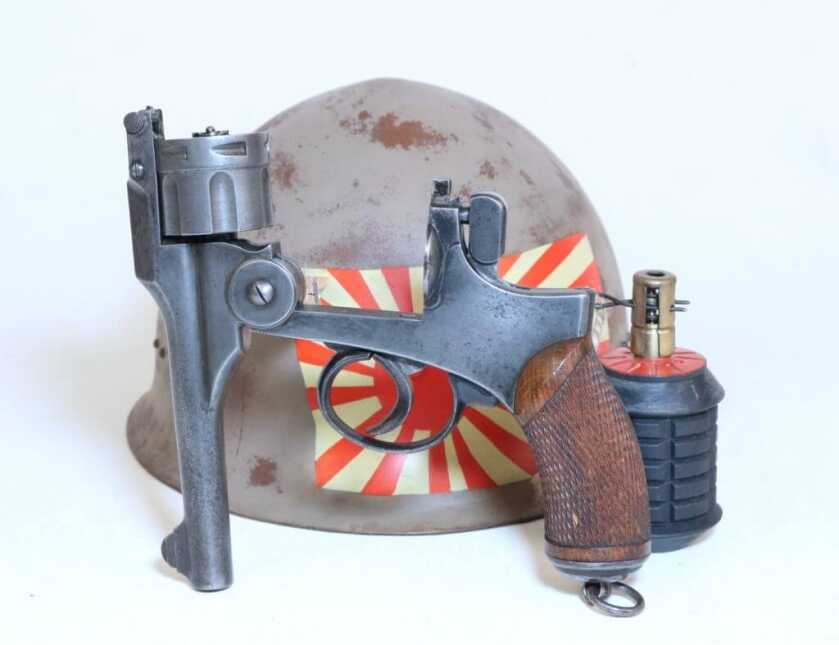
The extraordinary aspect of the Type 26 design was that the cylinder spun freely at rest. When the trigger was pulled the cylinder would index and lock into firing position in the conventional manner. However, should the gun be bumped or rubbed against something the cylinder could easily index to a fired chamber. This critical design flaw made the gun hopelessly unreliable in combat.
The Rest of the Story
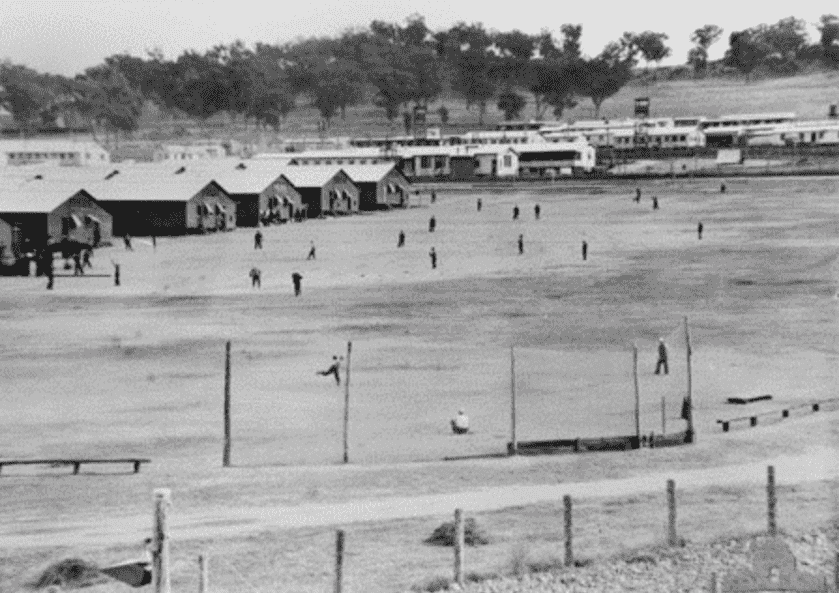
As the first Japanese combatant captured in Australia, Petty Officer Toyoshima spent the next two years at Cowra POW Camp. In August of 1944, the camp held 4,000 Axis prisoners. Of these, there were some 2,000 Italians along with a smattering of Koreans and Indonesian civilians detained at the behest of the Dutch East Indies government.
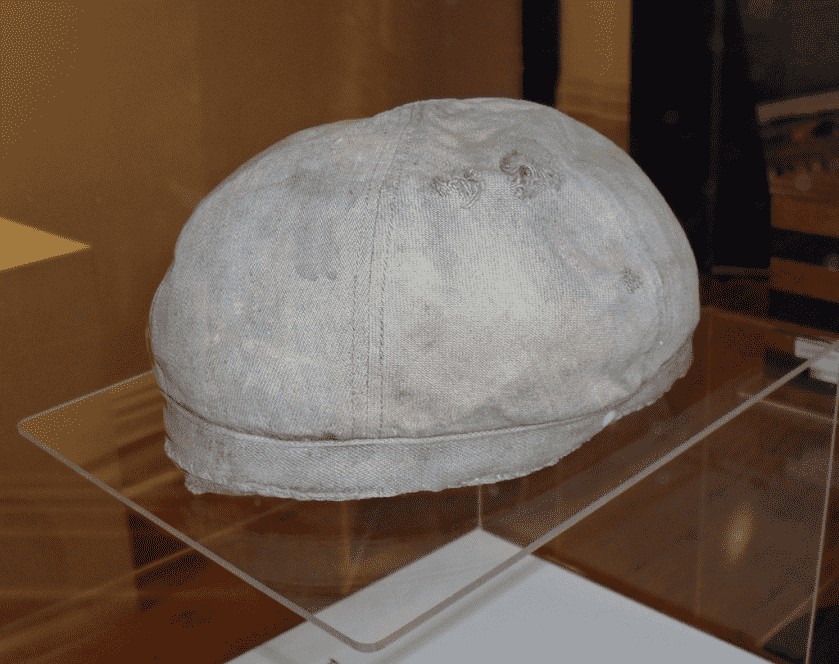
By all accounts, the prisoners at Cowra were treated fairly well. The facilities and support complied with the 1929 Geneva Convention. However, stark cultural differences between Japanese prisoners and the Australian guards caused friction. Those guarding the camp were older men, disabled veterans, or those young men otherwise not physically fit for active military service. In response to increasing levels of agitation, the Australians installed Lewis, Bren, and Vickers machineguns around the periphery of the camp.

As a result of a tip from an informant that there might be violence brewing among the Japanese POWs the Australian authorities had planned to move all the Japanese enlisted soldiers to another camp in New South Wales some 250 miles away. It was felt that separating the enlisted soldiers from their officers and NCOs might calm the discord. The Australian commander announced the planned move to the POWs on August 4, 1944.

At 0200 on August 5, Hajime Toyoshima raised a bugle to his lips and blew a long clear note. In response, some 1,104 Japanese prisoners shouted, “Banzai!” and charged the fences at three different points. The POWs were armed with knives, baseball bats, improvised clubs, garroting cords, and homemade shanks made from heavy wire. The result was an unmitigated bloodbath.
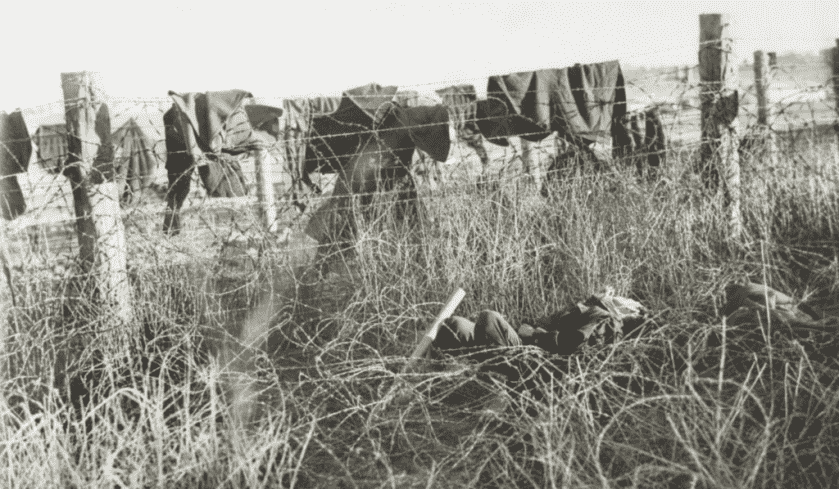
The sole Australian sentry inside the camp fired a warning shot that was ignored by the massed Japanese troops storming the wire. Australian Privates Ralph Jones and Ben Hardy were manning a Vickers gun and opened fire on the first wave of charging Japanese. They swept their heavy gun back and forth, mowing down the fanatical POWs by the droves. The screaming Japanese threw blankets and clothing over the wire and soon overwhelmed the MG position by sheer weight of numbers. Before being killed Private Hardy was able to disable his Vickers gun by removing and discarding the feed block, preventing its use by the escaping POWs. Hardy and Jones were both posthumously awarded the George Cross for their gallant actions.

The Vickers gun was a water-cooled, gas-boosted, recoil-operated, belt-fed machinegun designed in 1912. The Vickers used the basic proven Maxim action. Vickers purchased the Maxim Company in 1896 and subsequently gained access to the Maxim intellectual property.

Commonwealth Vickers guns fired the standard British .303 round at around 500 rpm. The fully-equipped gun weighed around 85 pounds with its tripod and fed from a 250-round canvas belt. The water jacket held just over a gallon of coolant and when kept topped off allowed the Vickers to run at its cyclic rate for simply breathtaking periods.
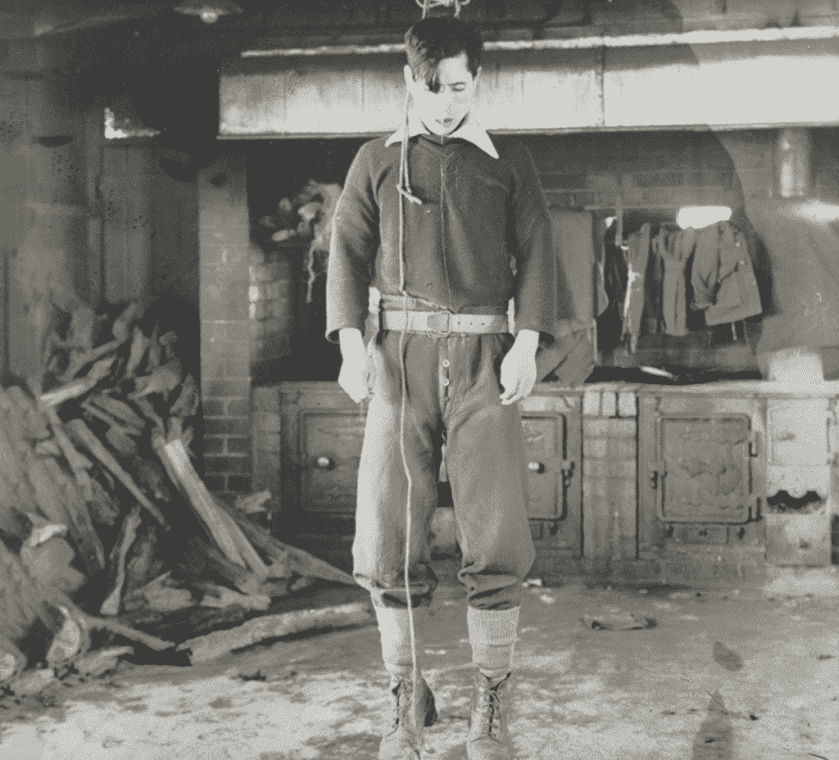
Of the 1,104 Japanese troops attempting escape, some 359 successfully made it to the surrounding bush. By previous agreement, these Japanese soldiers avoided conflict with neighboring civilians. All 359 were recaptured, killed, or committed suicide within the next ten days.
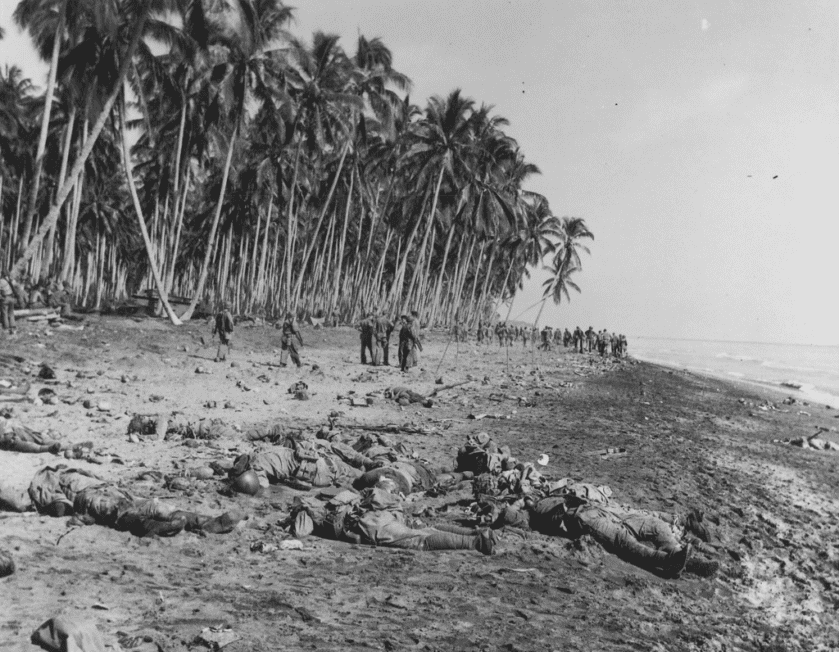
231 Japanese troops died in the attempt along with five Australians. Petty Officer Hajime Toyoshima was counted among the dead. 108 POWs were wounded. The Cowra event was the largest POW escape of the entire war. The Australians continued to operate the Cowra Camp until all of the Italian and Japanese POWs were finally repatriated in 1947.

The Cowra Japanese War Cemetery and Garden located and maintained on the grounds is the only facility of its kind in Australia. In 1971 local Australians partnered with the Japanese government to build a traditional Japanese garden on the site to celebrate their unique link to the Japanese people. Built in the traditional Edo fashion, the garden hosts the annual Sakura Matsuri (Cherry Blossom Festival) in September each year. At twelve acres, the Cowra Garden is the largest traditional Japanese Garden in the Southern Hemisphere.
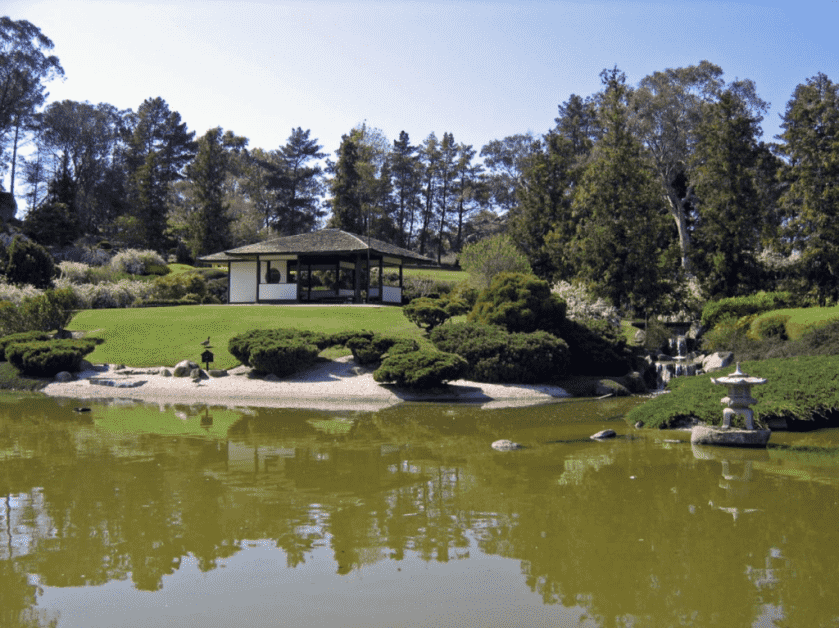
Special thanks to www.worldwarsupply.com for the cool replica Japanese gear used in making our photographs.


Great article on a little known facet of WWII.
When stationed at the National Training Center in the Mojave Desert in California, we would sometimes lager at the site of a WWII prison camp where Italian POWs were kept. It was literally an isolated and barren hill in the otherwise flat desert in the middle of nowhere. The story was that there were only a few guards who were tasked with guarding the food and water supplies. The prisoners were not heavily confined because with the camp being where it was, an escaped prisoner would have a walk of 10-20 miles across the open desert before they could even hope for any food, water or shelter. Consequently, there were no recorded escape attempts from the camp.
Great Historical article. War is hell and so was The Rape of Nanking!
Superb article! We had a German POW camp in South Eastern Washington state. My father remembered seeing Germans working there. Iny time it became a place to fish and hunt and in high school we would party at the “POW”. It is now a county park.
It’s a beautiful site on my bucket list. That is testament to the power of peace over conflict.
I visited Cowra from Tennessee 3 years ago. Excellent Aussie farming town, great hotel food, as is common in Ozz! It was well worth the short trip from Sydney. More sheep than you can count. The remembrance garden is terrific, btw. And big! The huts are gone but the site is well laid out and you can walk all across it. I recall that the Italians went the other way, they grew vegetables and even started a vineyard and a carpentry workshop! The camp commander was highly aware of the potential breakout, and was ready when it came. Good story to have some personality attached to it, Thank you!
Who knew ?
Very interesting.
Interesting – Thanks for posting.
I have always and still hold the Japanese responsible for the Bataan Death March and what they did there, and after.
Working on it but – Hard to consider them as humans/humane considering that.
Great article! I was unaware of the mass escape attempt. There was a German POW camp near my home during WWII. The POW’s were used to work on local farms. They pick potatoes during fall harvest and in the winter they went to the lumber camps to work just like most local farmers. A couple of POW’s attempted escape in the north woods. Most gave up and sought help, beaten by the heavy snows and extreme cold temperatures we have. Funny how many of the POW’s after being released returned back to the area for visits. They remembered their time as POW’s fondly and stated they were treated very well.